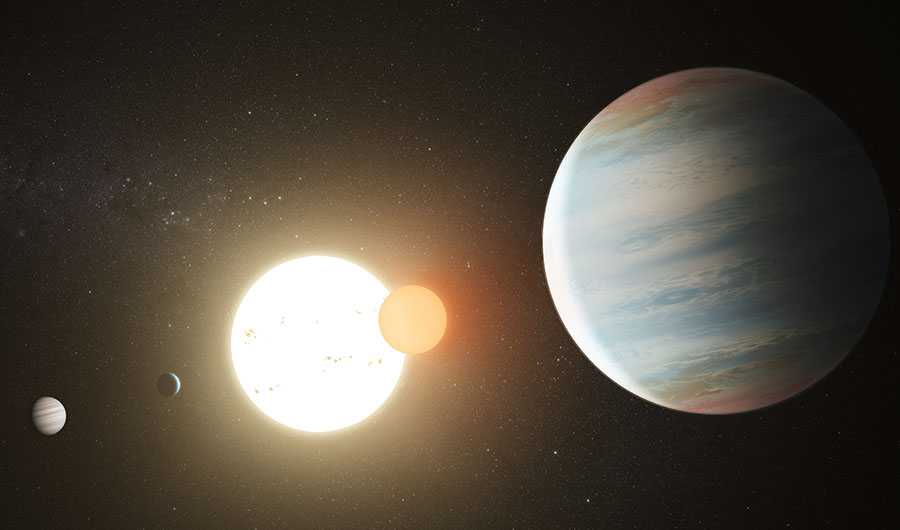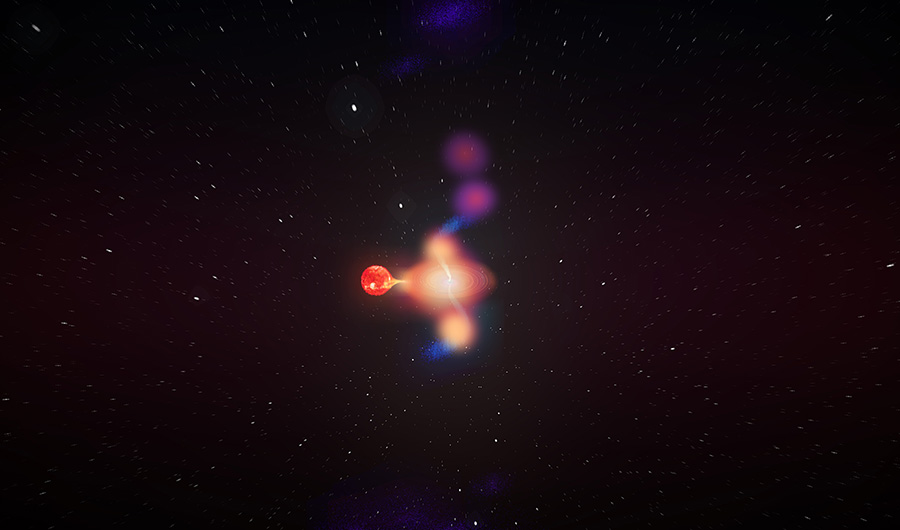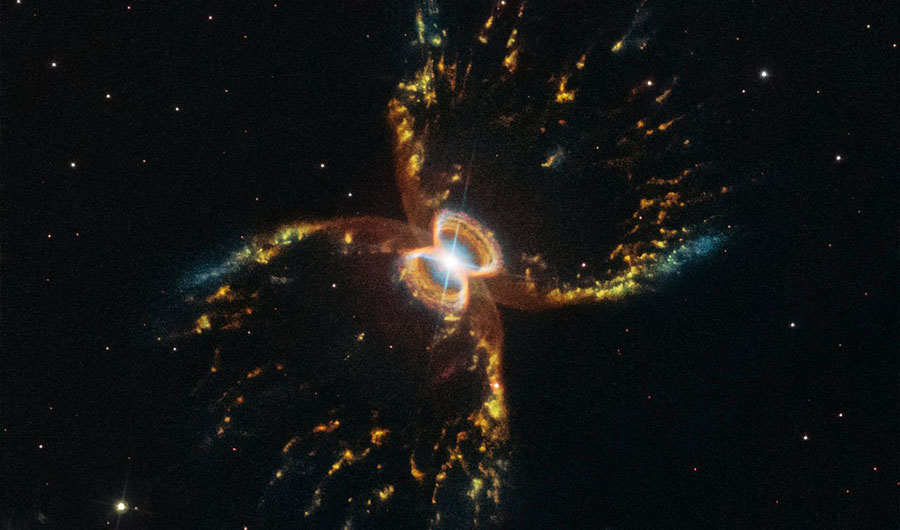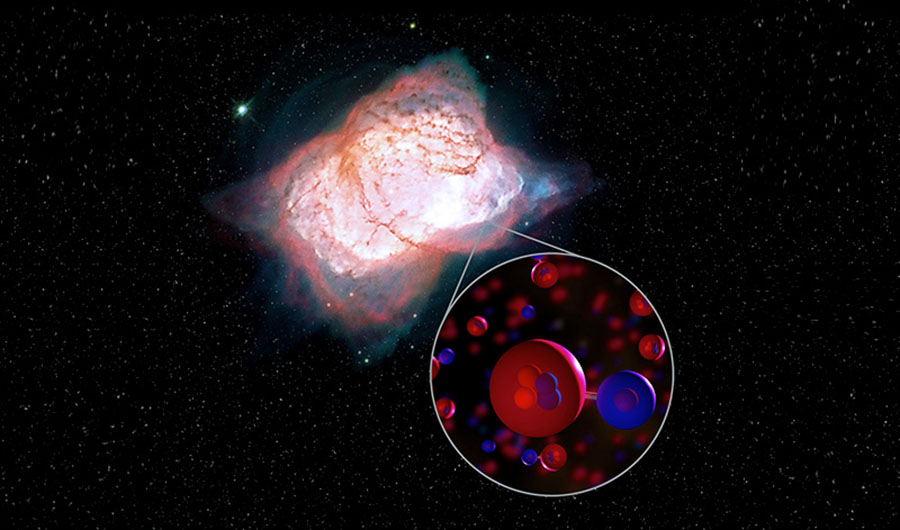April's Stellar Space Pictures
This month: Black holes and stellar revolutions.
Image
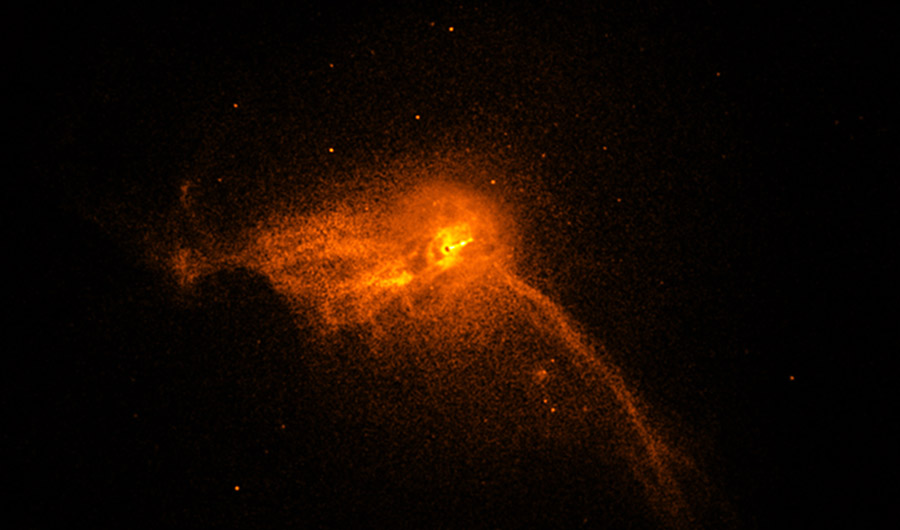
Media credits
(Inside Science) -- This month, astronomers discovered firsts in many categories. The most notable was the first ever picture of a black hole event horizon. Others include the first type of molecule ever formed, and the first sighting of a scene straight out of science fiction found more than 3,000 light-years away.
Filed under


